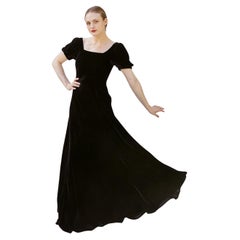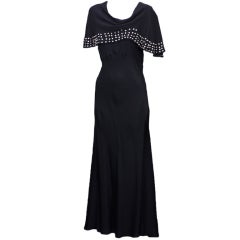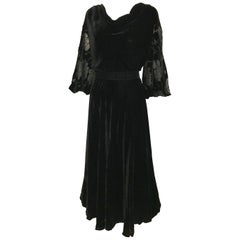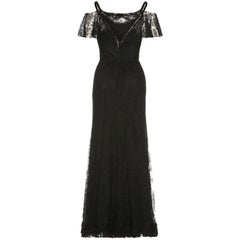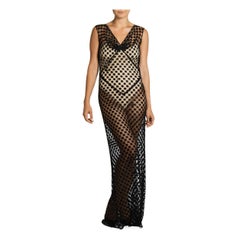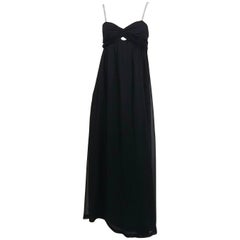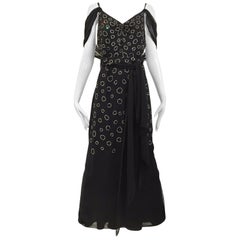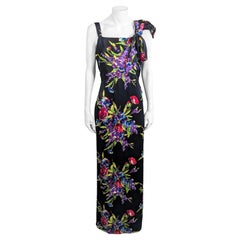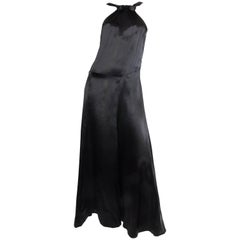Black 1930s Gown
1930s Evening Gowns
1930s American Evening Dresses and Gowns
1930s American Evening Gowns
1930s Evening Gowns
1930s Formal Gowns
1930s Evening Dresses and Gowns
1930s American Evening Gowns
1930s French Evening Dresses and Gowns
1930s Evening Dresses and Gowns
1930s Formal Gowns
1930s Evening Dresses and Gowns
20th Century American Evening Gowns
20th Century American Evening Gowns
20th Century American Evening Gowns
1930s Formal Gowns
1930s Formal Gowns
1930s Formal Gowns
1930s European Evening Gowns
1930s Evening Gowns
1930s Evening Dresses and Gowns
Early 2000s Formal Gowns
1930s Unknown Evening Dresses and Gowns
1930s Formal Gowns
1930s Unknown Evening Dresses
1930s French Evening Dresses
1930s French Evening Gowns
1930s British Evening Dresses and Gowns
1930s Formal Gowns
20th Century American Evening Dresses and Gowns
1990s American Evening Dresses and Gowns
1930s Unknown Evening Dresses
1930s Evening Dresses and Gowns
1930s Evening Gowns
1930s French Chemises
1930s Unknown Ball Gowns
1930s Unknown Ball Gowns
1930s Evening Dresses and Gowns
1930s Unknown Aesthetic Evening Dresses
1930s European Evening Dresses
1930s American Evening Dresses and Gowns
1930s Unknown Evening Gowns
1930s Evening Dresses
1930s European Evening Dresses
1930s American Evening Dresses and Gowns
1930s British Evening Dresses and Gowns
1930s British Evening Dresses
1930s Cocktail Dresses
1930s American Evening Dresses
1930s Unknown Evening Gowns
20th Century Evening Dresses
1930s British Evening Dresses
1930s Evening Dresses and Gowns
1930s Unknown Evening Gowns
Early 20th Century Unknown Evening Gowns
1920s French Evening Dresses
1930s British Evening Gowns
1930s Evening Dresses and Gowns
1930s French Evening Dresses
1930s American Aesthetic Evening Dresses
1930s French Evening Dresses
- 1
Black 1930s Gown For Sale on 1stDibs
How Much is a Black 1930s Gown?
Finding the Right Evening-dresses for You
With entire museum exhibitions dedicated to examining fashion designers and their creations, we’re finally recognizing that costuming is art. Evening dresses over time have conveyed specific statements about social class, position and beliefs. Fashion is a powerful means of self-expression, and sophisticated vintage evening dresses and gowns by our favorite couturier play no small role in making us feel wonderful but, perhaps more importantly, making us feel like ourselves.
In the 16th century, dresses and gowns were so important that England's Queen Elizabeth I defined rules about what dresses women could wear — guidance included long skirts and fitted bodices. Forward-thinking designers have responded to this history.
Gabrielle “Coco” Chanel reimagined traditionally masculine garments for feminine shapes, and her elegant evening dresses and gowns promoted comfort and grace in women’s wear that had been dominated in the previous century by layers of fabric. Christian Dior's gowns celebrated luxury and femininity in the late 1940s — and gave to women the gift of glamour they’d lost in the miserable years of the war. French fashion designer Yves Saint Laurent introduced innovative and highly coveted dress designs in the 1960s while at the same time challenging sexist stereotypes about which members of society could wear tuxedos.
Works by unconventional British designer John Galliano — featured in houses like Givenchy and Dior — redefined limits that dressmakers faced in terms of material, construction and vision during the late 20th century. From his embroidered absinthe-green Oscars gown for actress Nicole Kidman to the iconic sleeveless Dior newspaper dress that Sex and the City’s Carrie Bradshaw made famous, Galliano’s intricate and multifaceted work is reliably collectible and newsworthy
Today’s designers target an increasingly broad audience with their boundary-crossing work, and their tendency to play off of each other’s ideas means that every walk down the runway is also a walk through an entire history of fashion design and dress craftsmanship.
Whether you gravitate toward backless maxi dresses or silk charmeuse gowns by Alexander McQueen or embellished, ruffled floral-print designs by Chloe or Versace, there is an extraordinary collection of vintage and designer evening dresses and gowns waiting for you on 1stDibs.
- 1stDibs ExpertJune 30, 2023What brides wore in the 1930s varied. Some wore long flowing dresses made of satin or silk. Long sleeves were popular and designs often featured only minimal embellishments like appliqués and beading. Because many people faced difficult financial situations due to the Great Depression, brides also sometimes simply wore their best dresses on their wedding days. On 1stDibs, shop a collection of vintage wedding dresses.
- 1stDibs ExpertNovember 26, 2024To identify 1930s furniture, first see if you can spot a maker's mark in hidden areas, such as the back, base, inside of drawers or under tabletops and seats. Trusted online resources can help you determine who produced your furniture based on these markings, and from there, you can research more to get a rough idea of how old your item is. A piece's characteristics can also be helpful when dating furniture. Many items made during the 1930s are examples of Art Deco furniture. Art Deco furniture is characterized by geometric patterns and luxurious materials, such as shagreen, marble, mother of pearl, mirrored glass, exotic animal hides and rare woods like mahogany, ebony and zebra wood. A certified appraiser or experienced antique dealer can provide an expert opinion on when your piece was likely made. On 1stDibs, explore a range of 1930s furniture.
- 1stDibs ExpertMay 5, 2023Yes, people had record players in the 1930s. In fact, record players began to become more common during the decade and continued to grow in popularity throughout the 1940s, 50s and 60s. Thomas Edison made the first phonograph record player in 1877. Shop a variety of record players on 1stDibs.
- 1stDibs ExpertMarch 31, 2023In the 1930s, phones typically looked like rotary telephones. They had either a round or square base with a numbered dial that spun when you dialed and a handset receiver with both an earpiece and a mouthpiece. A cord connected the handset to the base. Find a variety of rotary phones on 1stDibs.
- Which artist became famous for his series of black paintings in the late 1950s and early 1960s?1 Answer1stDibs ExpertJanuary 27, 2025Frank Stella is the artist who became famous for his series of black paintings in the late 1950s and early 1960s. These works featured bands of black paint separated by thin, precise stripes of bare canvas. At a time when contemporary painting was all about wild gestures, thick paint and formal abandon, the “Black Paintings” created a sensation. Explore a range of Frank Stella art on 1stDibs.
Read More
Barbra Streisand Channeled Klimt’s ‘Woman in Gold’ in This Shimmering Dress
Costumer to the stars Ray Aghayan brought the famed painting to life with his spectacular design.
A Chanel Obsessive’s Cache Extends Well beyond Her Walk-In Closet
From handbags and heels to jackets and jewels, Sharon Coplan Hurowitz has a deep admiration for (and collection of) all things Chanel.
Behind the 1970s and ’80s Glam of ‘Halston’ with the Hit Show’s Costume Designer
Jeriana San Juan explains how she undertook the intimidating project of designing costumes for the new Netflix series about the New York fashion legend. (Hint: She found vintage Halston on 1stDibs!)
A Short History of Capri Pants, on the 100th Birthday of Their Inventor
Once considered a controversial item of clothing, fashion designer Sonja de Lennart's creation is now a bona fide classic.
How the Chanel Jacket Forever Changed What Women Wear
The classic tweed garment has been a wardrobe staple of chic women around the world since the 1950s.
A Pair of Shoes — Heels or Flats — Can Tell an Impactful Story
Amanda Benchley and Bridget Moynahan teamed up to explore the relationship between powerful women and their most significant footwear.
You Saw It at the Met Ball. Here’s What Camp Fashion Is Really About
This year's Costume Institute exhibition is all about embracing the eccentric.
The V&A Takes a Fresh Look at the New Look’s Pioneering Progenitor, Christian Dior
Ballrooms, Bar Suits and British royals — in a sweeping exhibition, the London museum looks back on 70 years of the French fashion house, as well as its illustrious founder and his fondness for the United Kingdom.
